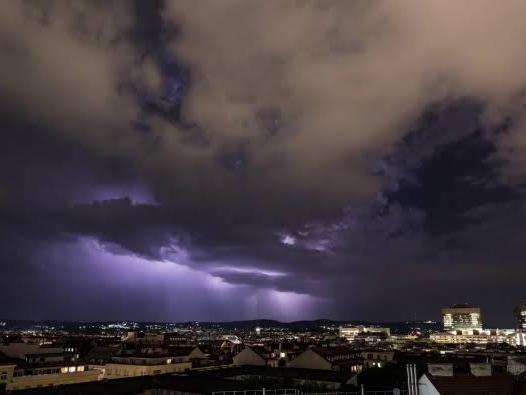New Delhi has been gripped by an intense heatwave, with the suburb of Mungeshpur recording a staggering 52.3°C, potentially setting a new record for the highest temperature in the city. This unprecedented heat has led to soaring power demands, crossing 8,300 MW for the first time, and has exacerbated water scarcity, prompting the government to halve water supplies in certain areas. The India Meteorological Department (IMD) has issued red alert health notices due to the high likelihood of heat illnesses and has advised residents to stay hydrated and take precautions. Furthermore, the IMD is currently verifying the data and sensors that reported the record temperature, considering the possibility of a sensor error as temperatures recorded at other stations in the city ranged from 45.2°C to 49.1°C. The extreme weather is not confined to New Delhi alone; neighboring regions, including Rajasthan, have also reported soaring temperatures, with the Churu region hitting 50.5°C. The IMD has predicted that the heatwave will gradually reduce starting May 30, offering some relief from the scorching conditions. However, the department warns that more heatwaves are likely over the country than last year, urging continuous vigilance.
Key points
- New Delhi’s suburb Mungeshpur reportedly reached a record 52.
- The IMD is verifying the record temperature data due to potential sensor errors.
- The heatwave has caused a spike in energy demand and water shortages, leading to government-imposed restrictions.
- The heatwave is expected to gradually reduce after May 30.
3°C, potentially the highest temperature recorded in the city.
Contradictions👾The highest temperature recorded in New Delhi is reported as 52.
3°C by multiple sources, but there are discrepancies in the readings, with some reports of a sensor error and others recording temperatures ranging from 45.
2°C to 49.
1°C.
👾Reports vary on whether the 52.
3°C temperature is an all-time record for New Delhi, with some sources claiming it is, while others suggest that the primary weather station, Safdarjung observatory, recorded a lower maximum of 46.
8°C.



